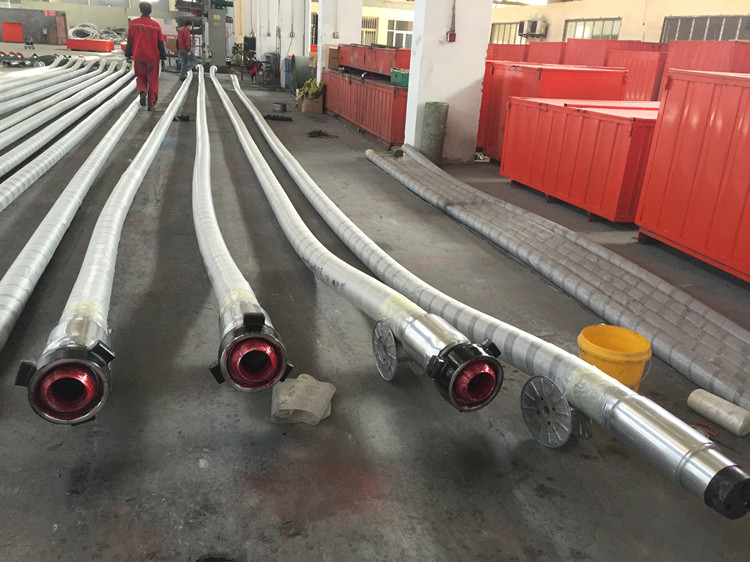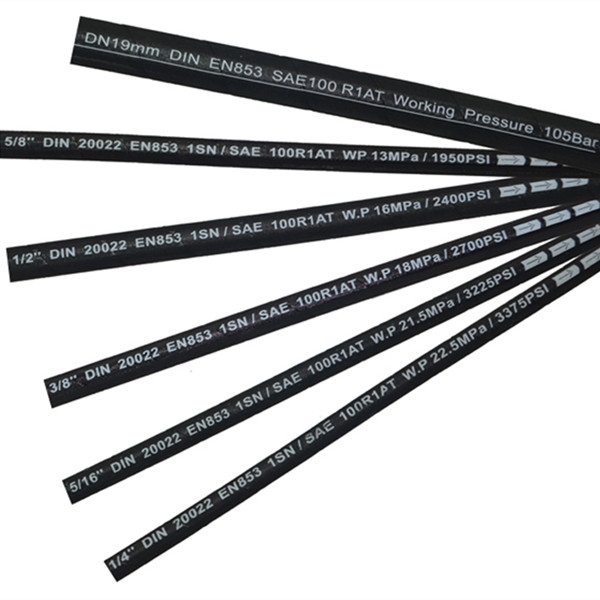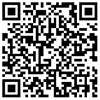
Hebei Jingbo Petroleum Machinery Co.,Ltd
Email: [email protected]
Phone:008631189849942
Skype:drilling.hose66
Address:Chengxi Industrial Zone, Jing County, Hebei Province, China
Maintenance & Safety of Rotary & Vibrator Hoses
Storage
1. Completely drain a hose assembly before placing it in storage.
2. Whenever feasible, store a hose in the original shipping crate. This will provide extra protection against the deteriorating effects of solvents, corrosive liquids, ozone and sunlight. Hose should be stored so coils are in a horizontal plane.
3. Certain rodents and insects can damage hoses. Adequate protection from them should be provided.
4. The ideal temperature for storing hose ranges from 50°F (10°C) to 70°F (21°C) with a maximum limit of 100°F (38°C). If stored below 32°F (0°C), hose will become stiff and will require warming before being placed in service. Hoses should not be stored near sources of heat, such as radiators or base heaters.
5. To avoid adverse affects of high ozone concentrations, hoses should not be stored near electrical equipment that may generate ozone or be stored for any lengthy period in geographical areas with high concentrations of Ozone.Exposure to sunlight, direct, reflect or even through windows should be avoided.
6. Do not stack hoses or place anything heavy on top of them to prevent damage.

Handling
Caution: Care should be exercised to prevent mishandling. Crushing or kinking of hoses can cause severe damage to reinforcement. If this occurs, remove the hose from service.
1. To minimize the chance of kinking, hoses should preferably be removed from crating by hand, laid out in a straight line and then lifted by means of a cat line attached near one end of the hose.
2. Hose assemblies should never be lifted by the safety clamp and chain. The assembly should always be lifted by the lift-eye clamps.
3. To avoid hose kink damage of a heavy rotary hose assembly, always attach a set of lift-eye clamps to the hose end coupling to safely lift and move the assembly.

Field Test Pressure
1. Check and properly attach the safety clamp and chain for complete safety compliance.
2. Avoid all back twist.
3. Suspend the hose in a normal unstressed position from a standpipe to swivel.
4. Visually inspect the hose for any external damage to the hose body, end structure or couplings.
5. Raise the pressure between 1,000 and 10,000 psi per minute
6. Bleed air when using mud, oil or water as permissible test media
7. Restrict the duration of test pressure to a maximum of 10 minutes.
8. Do not exceed 1.25 times the maximum rated working pressure when testing.
9. Conduct field testing under full responsibility of end user with safety in mind
External Inspection
1. Carefully examine hose cover prior to each rig-up or every 30days, whichever comes first.
2. The hose cover serves the primary function of protecting the cable reinforcement from physical or environmental damage. The cover should be carefully examined to detect areas where cable reinforcement may have been damaged. Inspect the hose cover for cuts, gouges, tears and abrasion.
3. Any cuts, gouges or tears in the cover down to, but not into the cable reinforcement, should be regularly inspected to ensure further deterioration does not occur. If cable reinforcement is exposed and rust or corrosion is evident, remove the hose from service.
4. The cover may show surface cracking due to prolonged exposure to sunlight or ozone. Such deterioration, as long as it does not expose the cable reinforcement, is not usually cause for removal from service.
On-the-Job Welding
On-the-job welding of hose assemblies is not recommended. Excessive heat from welding can cause hose damage.






